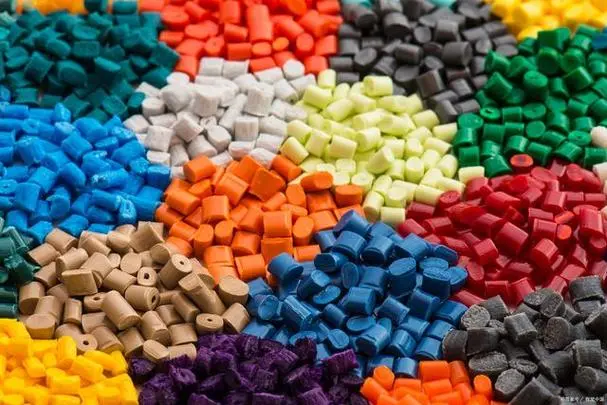Umbuzo "Ngaba i-acetone inganyibilikisa iplastiki?" yinto eqhelekileyo, edla ngokuviwa emizini, kwiindibano zocweyo, nakwizangqa zenzululwazi. Impendulo, njengoko ivelayo, iyinkimbinkimbi, kwaye eli nqaku liza kuhlolisisa imigaqo yeekhemikhali kunye neempendulo eziphantsi kwesi siganeko.
iacetonei-organic compound elula eyeyentsapho ye-ketone. Inefomula yeekhemikhali i-C3H6O kwaye iyaziwa ngokukwazi ukunyibilikisa iintlobo ezithile zeplastiki. Iplastiki, kwelinye icala, ligama elibanzi eligubungela uluhlu olubanzi lwezinto ezenziwe ngabantu. Ukukwazi kwe-acetone ukunyibilikisa iplastiki kuxhomekeke kuhlobo lweplastiki echaphazelekayo.
Xa i-acetone idibana neentlobo ezithile zeplastiki, ukusabela kweekhemikhali kwenzeka. Iimolekyuli zeplastiki zitsalwa kwiimolekyuli ze-acetone ngenxa yendalo yazo yepolar. Lo mtsalane ukhokelela ekubeni iplastiki ibe yi-liquefied, ibangele umphumo "wokunyibilika". Nangona kunjalo, kubalulekile ukuqaphela ukuba le ayisiyonkqubo yokwenyani yokunyibilika kodwa yintsebenziswano yeekhemikhali.
Into ephambili apha yipolarity yeemolekyuli ezibandakanyekayo. Iimolekyuli zepolar, ezinje ngeacetone, zinokusasazwa kwentlawulo engalunganga ngokuyinxenye kwaye ngokuyinxenye phakathi kolwakhiwo lwazo. Oku kubavumela ukuba banxibelelane kwaye bahlangane kunye nezinto zepolar njengeentlobo ezithile zeplastiki. Ngolu nxibelelwano, ukwakheka kweemolekyuli zeplastiki kuyaphazamiseka, nto leyo ekhokelela ekubeni kubonakale “ukunyibilika” kwayo.
Ngoku, kubalulekile ukwahlula phakathi kweentlobo ezahlukeneyo zeplastiki xa usebenzisa i-acetone njengesinyibilikisi. Nangona ezinye iiplastiki ezifana ne-polyvinyl chloride (PVC) kunye ne-polyethylene (PE) zithinteka kakhulu kwi-acetone ye-polar, ezinye ezifana ne-polypropylene (PP) kunye ne-polyethylene terephthalate (PET) zisebenza kancinci. Lo mahluko kwi-reactivity ngenxa yezakhiwo zeekhemikhali ezahlukeneyo kunye ne-polarities yeeplastiki ezahlukeneyo.
ukuvezwa ixesha elide kweplastiki kwi-acetone kunokubangela umonakalo osisigxina okanye ukuthotywa kwezinto. Oku kungenxa yokuba ukusabela kweekhemikhali phakathi kwe-acetone kunye neplastiki kunokutshintsha ukwakheka kweemolekyuli zokugqibela, ezikhokelela kutshintsho kwiimpawu zayo zomzimba.
Ikhono le-acetone "lokunyibilika" iplastiki sisiphumo sokusabela kweekhemikhali phakathi kweemolekyuli ze-acetone zepolar kunye neentlobo ezithile zeplastiki yepolar. Le ndlela yokusabela iphazamisa ukwakheka kweemolekyuli zeplastiki, nto leyo ekhokelela ekubeni ibonakale ngathi iyanyibilika. Nangona kunjalo, kubalulekile ukuqaphela ukuba ukuvezwa ixesha elide kwi-acetone kunokukhokelela kumonakalo osisigxina okanye ukuthotywa kwezinto zeplastiki.
Ixesha lokuposa: Dec-15-2023





